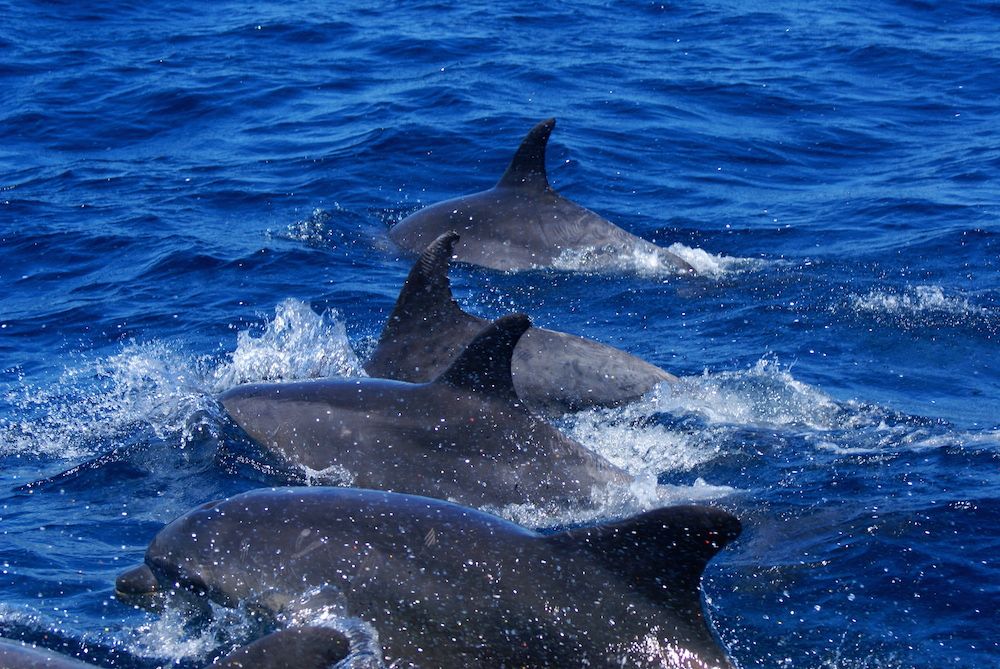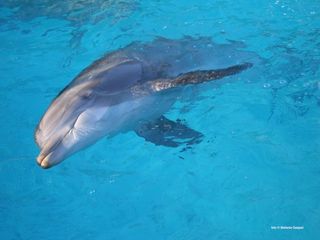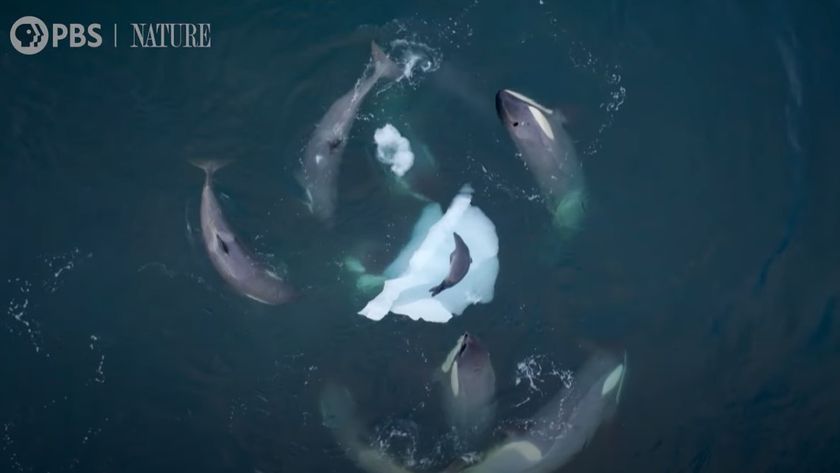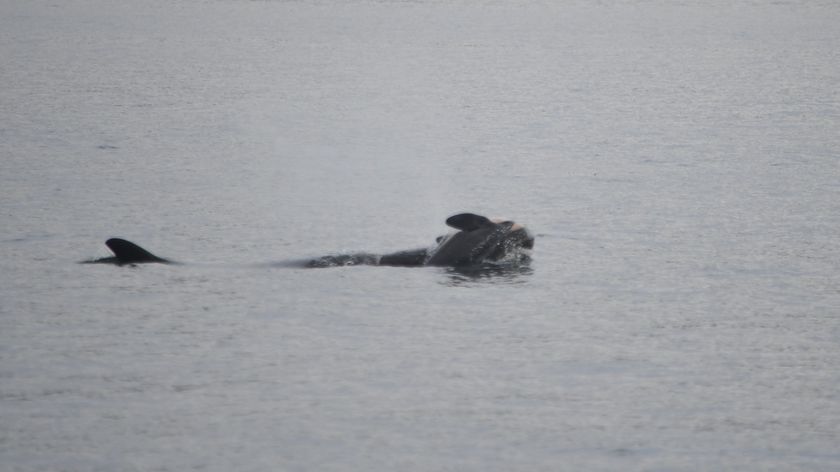New Residents: Dolphins Swam into Mediterranean 18,000 Years Ago

Bottlenose dolphins moved into the Mediterranean, once too salty to harbor much marine life, at the end of the last ice age about 18,000 years ago, a new study finds.
"It is quite likely that the bottlenose dolphin hasn't actually been in the Mediterranean for long, in terms of the evolutionary time frame," said Andre Moura, one of the study's researchers and a lecturer of life science at the University of Lincoln in the United Kingdom.
During the last ice age, the Mediterranean was saltier and shallower than it is today, making it a difficult place for marine creatures to live, the researchers said. Even if bottlenose dolphins living in the Atlantic Ocean had ventured into the Mediterranean during that time, they would have been hard-pressed to find food that could survive in such a salty environment. [Marine Marvels: Spectacular Photos of Sea Creatures]
"Bottlenose [dolphins] are mammals; they're very big," Moura told Live Science. "They need a lot of food to survive and do well."
As glaciers from the last ice age melted into the Mediterranean, the sea became less salty. When fish and other sea creatures moved in, hungry bottlenose dolphins quickly followed, Moura said.
Dolphin conservation
But Moura and his colleagues wanted to learn more than the dolphins' Mediterranean arrival date. Bottlenose dolphins in the eastern Mediterranean Sea, especially in the Adriatic Sea next to Italy, are often killed as bycatch by the fishery industry, said Stefania Gaspari, the study's lead author and a researcher of population genetics at the University of Florence.
Sign up for the Live Science daily newsletter now
Get the world’s most fascinating discoveries delivered straight to your inbox.
"It is crucial to know if, for example, the Adriatic Sea is populated by a single population of bottlenose dolphins or by more than one population," Gaspari told Live Science in an email.

If the Mediterranean has multiple dolphin groups, then it could lose some of its genetic diversity, a large detriment, if a group of dolphins were to die in a region such as the Adriatic Sea, she said.
To investigate, the researchers analyzed tissue samples containing DNA and mitochondrial DNA (genetic material inherited from mothers) from 194 adult bottlenose dolphins (Tursiops truncatus).
They compared their results with data on North Atlantic bottlenose dolphins from previous studies. All of the dolphins were related: The bottlenose dolphins in the North Atlantic, Mediterranean and North Sea likely represent a single metapopulation, a large population of animals with regional subgroups that interbreed, the analysis showed.
Each subpopulation preferred a specific area, such as deep open water or a stretch of shallow coastal water. Dolphins that live in deep water are more likely to join coastal populations if the area supports more dolphins, Moura said.
But this source of new dolphins has a limit, he said: If a subpopulation on the coast goes extinct, then the deep-water dolphins will likely try to recolonize the area. Whatever led to the demise of the first subpopulation — overfishing or pollution, for example — may also harm the new colonizers, Moura noted.
For this reason, conservation efforts should focus more on the environment than on the dolphin itself, Moura said.
The study "builds on earlier work from all over the world, always showing that especially near-shore populations of bottlenose dolphins are remarkably provincial," said A.R. Hoelzel, a professor of molecular ecology at Durham University in the U.K. who has worked with the researchers but wasn't involved in the new study.
"The Strait of Gibraltar has been open for over 5 million years, and there is apparently modern connectivity between Mediterranean and Atlantic bottlenose dolphin populations," Hoelzel wrote in an email to Live Science. "Therefore, a history of connectivity is likely, and consistent with the various genetic studies."
The study was published Feb. 17 in the journal Evolutionary Biology.
Follow Laura Geggel on Twitter @LauraGeggel. Follow Live Science @livescience, Facebook & Google+. Original article on Live Science.

Laura is the archaeology and Life's Little Mysteries editor at Live Science. She also reports on general science, including paleontology. Her work has appeared in The New York Times, Scholastic, Popular Science and Spectrum, a site on autism research. She has won multiple awards from the Society of Professional Journalists and the Washington Newspaper Publishers Association for her reporting at a weekly newspaper near Seattle. Laura holds a bachelor's degree in English literature and psychology from Washington University in St. Louis and a master's degree in science writing from NYU.


